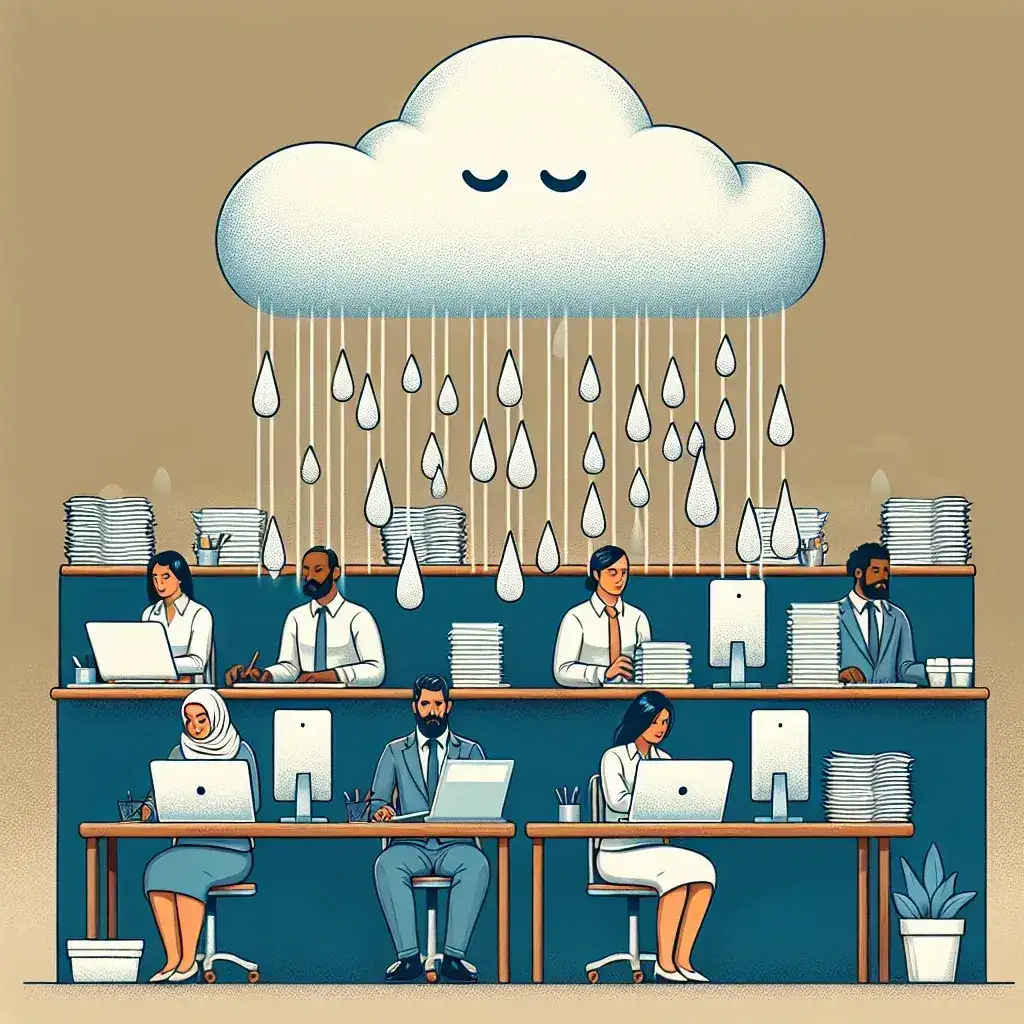Combating Employee Burnout with the Power of Software
Employee burnout is a significant concern for businesses worldwide, impacting productivity, morale, and the bottom line. Fortunately, technology offers innovative solutions to mitigate this pervasive problem. Several software applications are designed to specifically address the root causes of burnout, empowering employees and creating a healthier work environment.
Understanding the Causes of Employee Burnout
Before diving into the software solutions, it’s crucial to understand the common factors contributing to employee burnout. These often include:
- Overwhelming Workloads: Excessive tasks and deadlines lead to chronic stress and exhaustion.
- Poor Work-Life Balance: Blurred boundaries between work and personal life result in constant pressure and lack of downtime.
- Lack of Recognition and Appreciation: Feeling undervalued and unappreciated diminishes motivation and job satisfaction.
- Ineffective Communication: Poor communication leads to misunderstandings, increased workload, and frustration.
- Limited Control and Autonomy: Lack of control over one’s work tasks and schedule breeds feelings of helplessness and frustration.
Software Solutions to Mitigate Burnout
Several software categories can effectively address these contributing factors:
1. Project Management and Task Management Software
Tools like Asana, Trello, and Monday.com provide centralized platforms for task assignment, progress tracking, and collaboration. These tools facilitate better workload distribution, preventing individual employees from becoming overwhelmed. Clear deadlines and progress visualization reduce ambiguity and stress.
2. Communication and Collaboration Platforms
Platforms such as Slack, Microsoft Teams, and Google Chat streamline communication, reducing email overload and improving team coordination. Instant messaging and video conferencing facilitate quick clarifications and problem-solving, minimizing frustration and wasted time.
3. Time Tracking and Productivity Software
Applications like Toggl Track and Clockify help employees monitor their work hours and identify time-consuming tasks. This self-awareness assists in prioritizing tasks, managing workload, and preventing overwork. It also enables better time management strategies, leading to a healthier work-life balance.
4. Employee Wellness and Mental Health Platforms
Increasingly, companies are investing in software that directly supports employee well-being. These platforms offer resources such as mindfulness exercises, stress management techniques, and access to mental health professionals. Examples include Headspace for Business and Talkspace. Such platforms help employees prioritize their mental health and develop coping mechanisms for workplace stress.
5. HR and Employee Feedback Software
Software designed for performance reviews and employee feedback, such as BambooHR and Culture Amp, provides platforms for open communication and recognition. Regular feedback loops allow employees to voice their concerns, receive appreciation for their work, and feel valued within the organization. This fosters a stronger sense of belonging and reduces feelings of isolation and underappreciation.
Choosing the Right Software
Selecting the appropriate software depends on your specific needs and company culture. Consider the size of your team, the nature of your work, and your budget when making a decision. A thorough evaluation of different options, considering user reviews and free trials, is essential before committing to a long-term solution.
Beyond Software: A Holistic Approach
While software plays a critical role, it’s essential to remember that addressing employee burnout requires a holistic approach. This includes creating a supportive work culture, promoting work-life balance, providing opportunities for professional development, and fostering open communication between management and employees. Software can be a powerful tool, but it’s only effective when implemented as part of a broader strategy focused on employee well-being.
Investing in software that helps reduce employee burnout is not merely a cost; it’s an investment in a healthier, more productive, and more engaged workforce. By proactively addressing the root causes of burnout, businesses can create a sustainable and thriving work environment that benefits both employees and the organization as a whole. For more information on creating a supportive work environment, consider exploring resources available from the World Health Organization.



